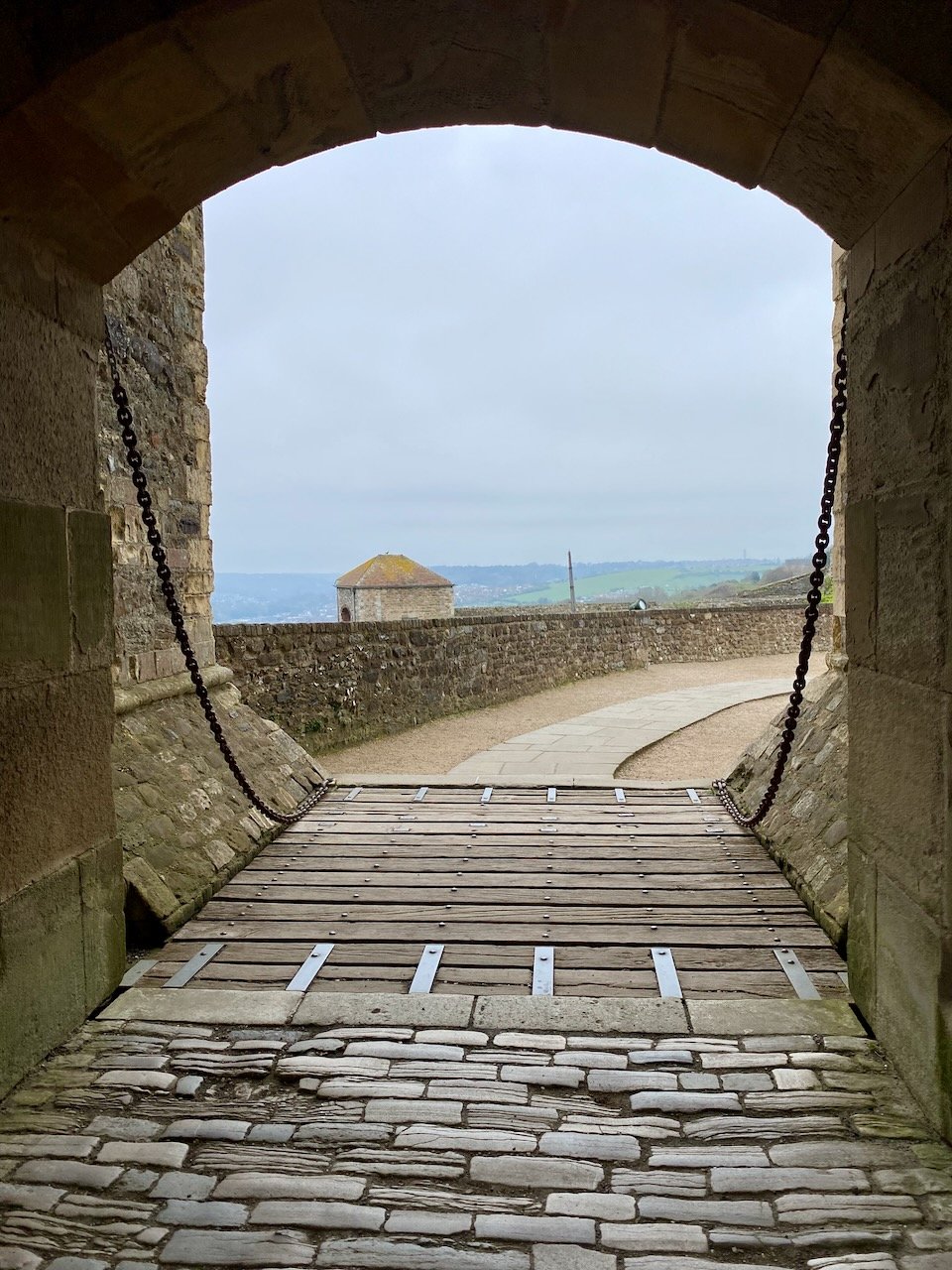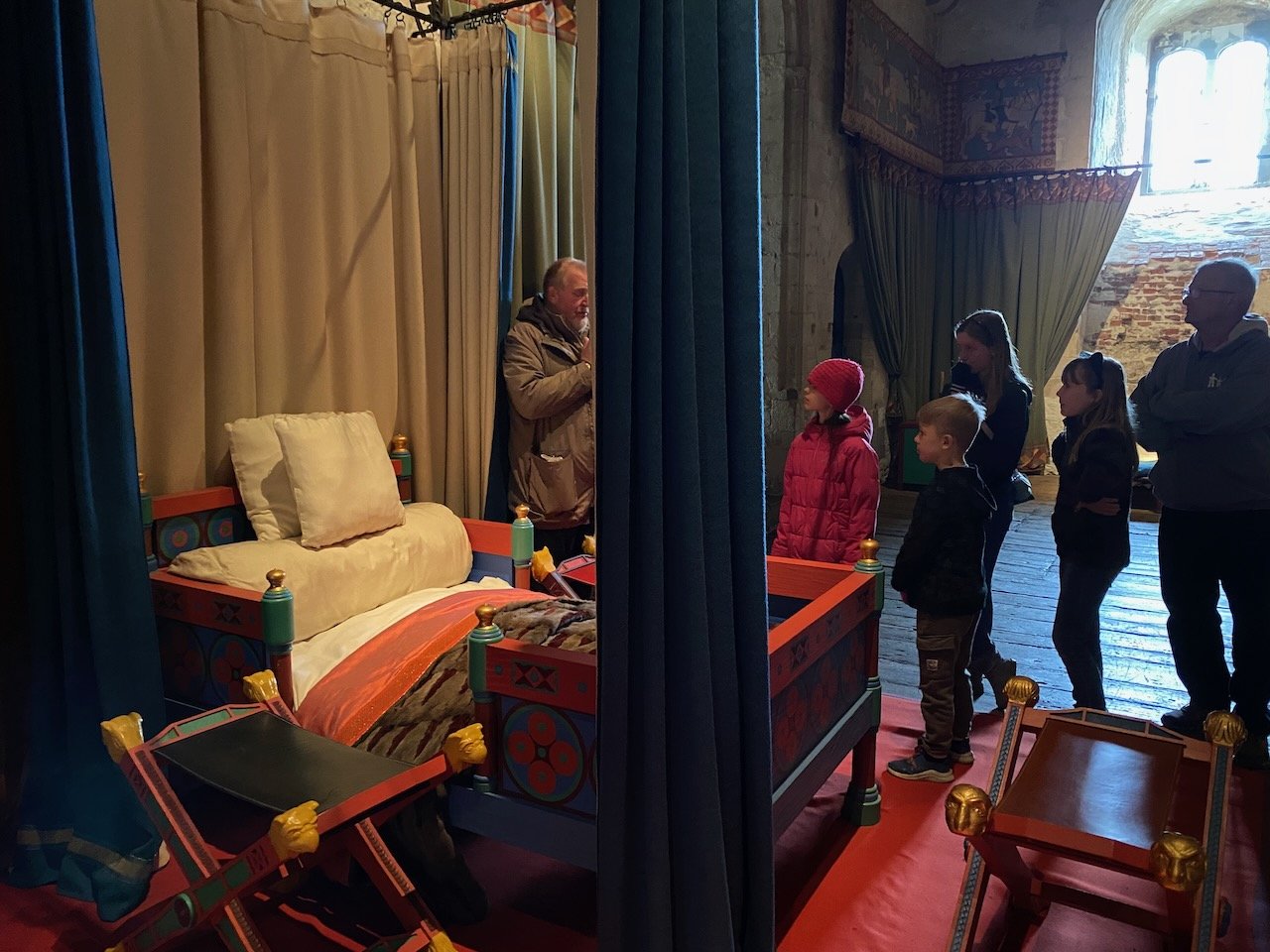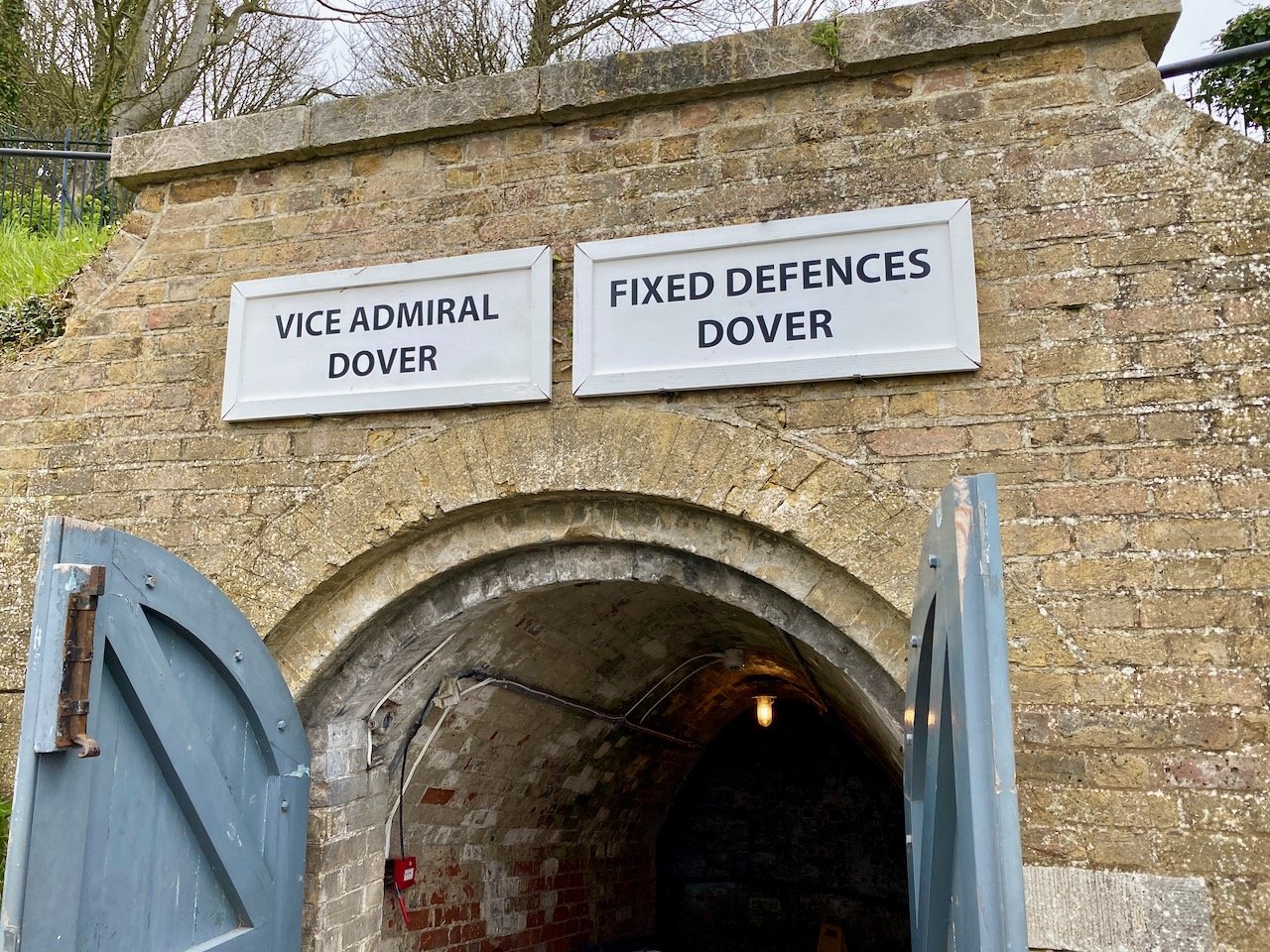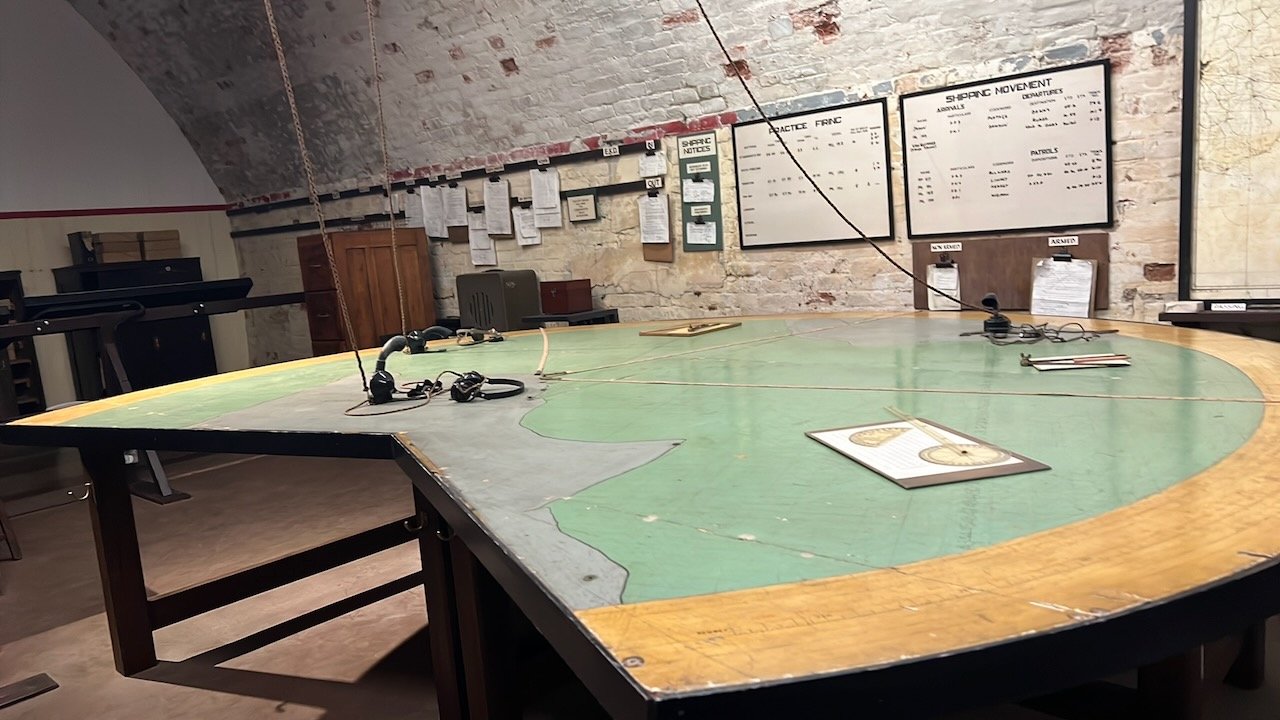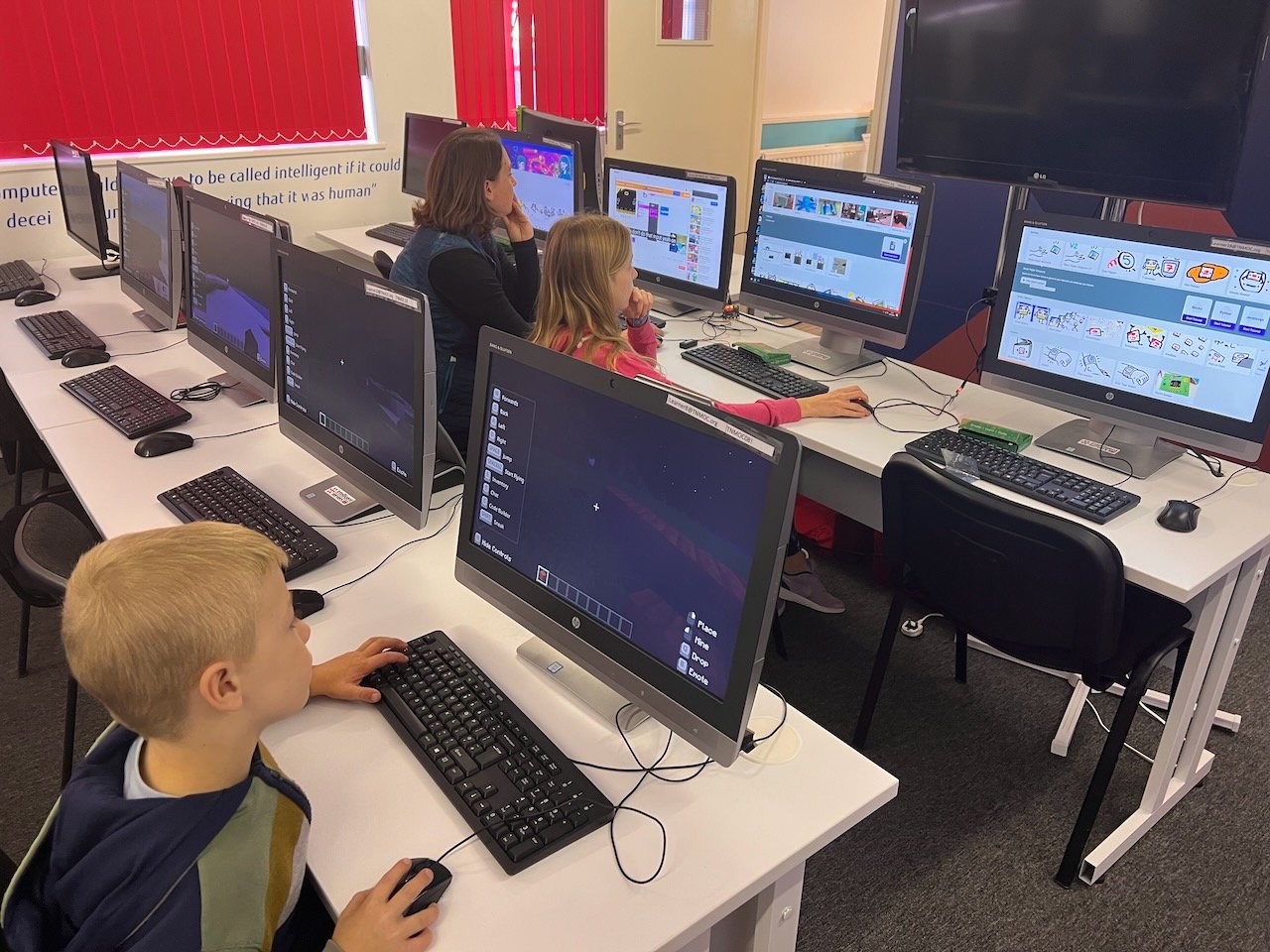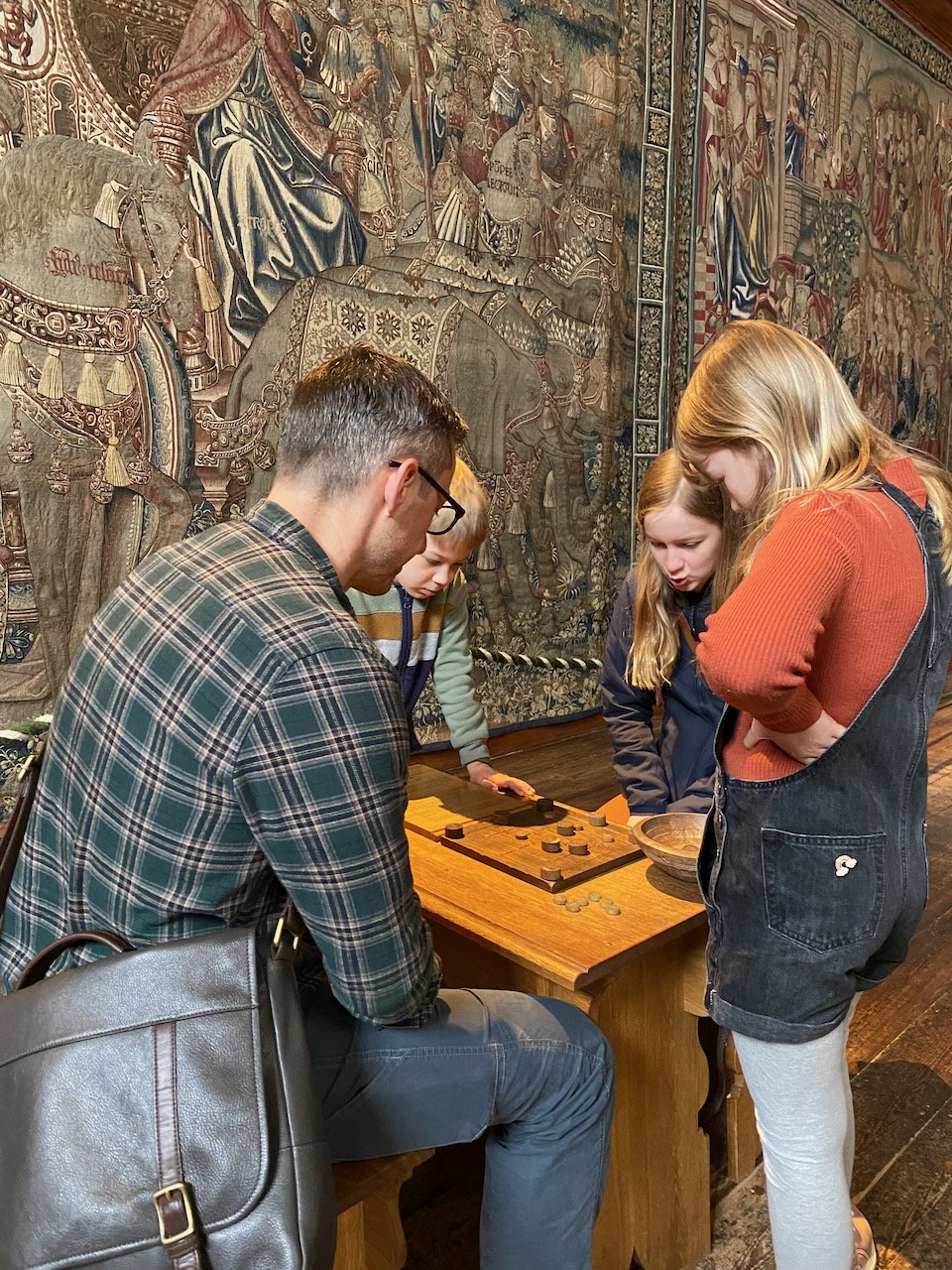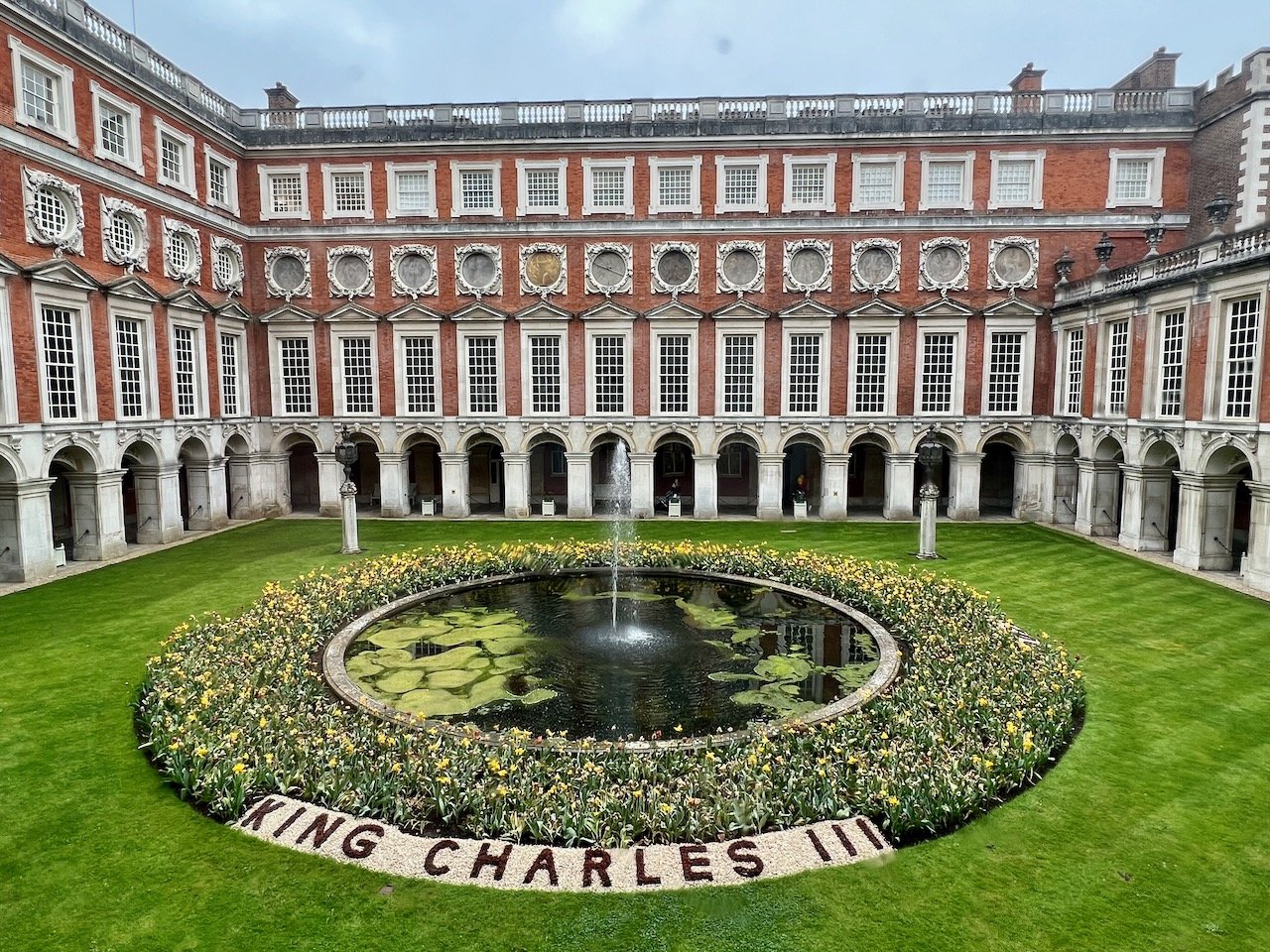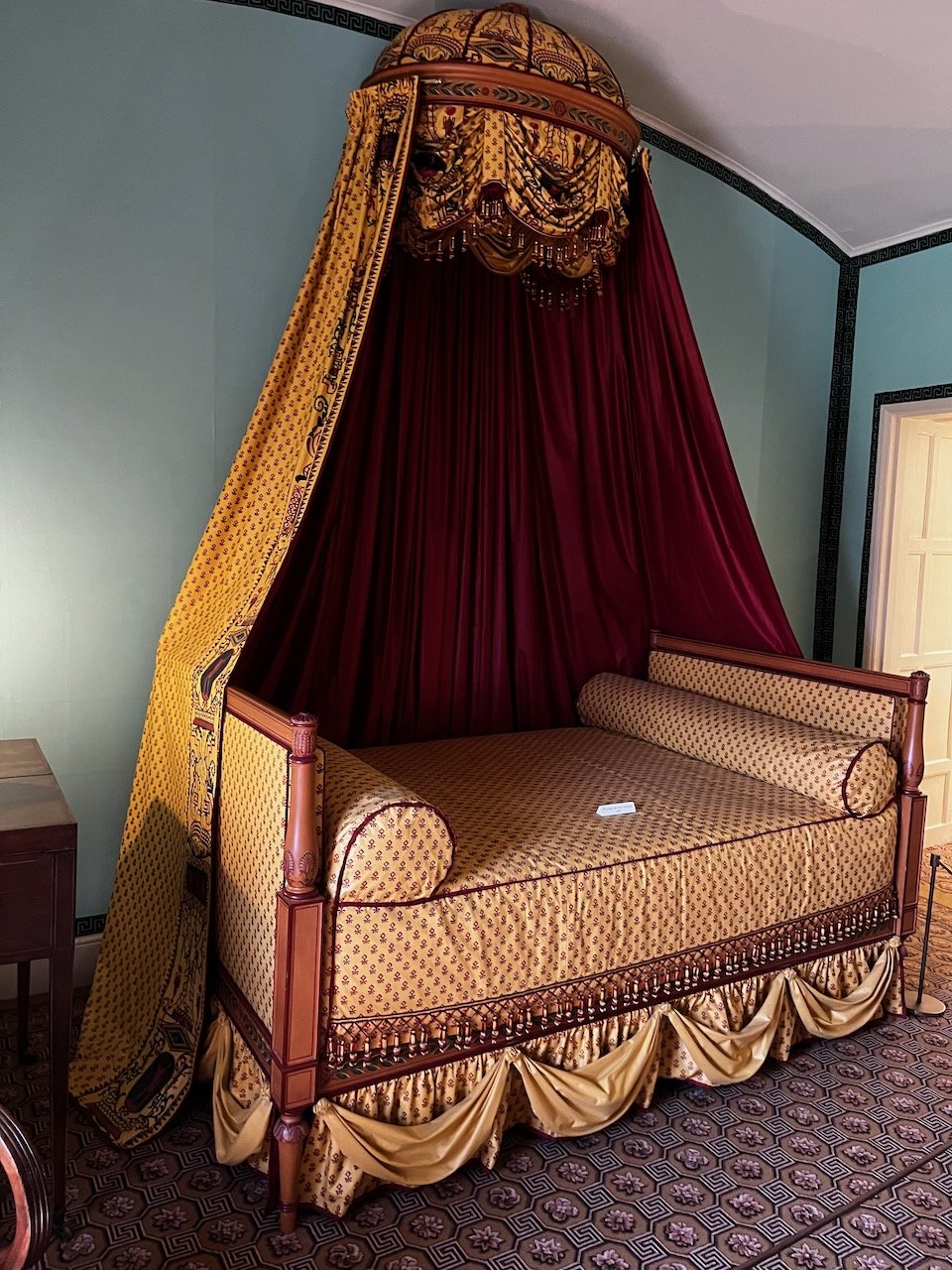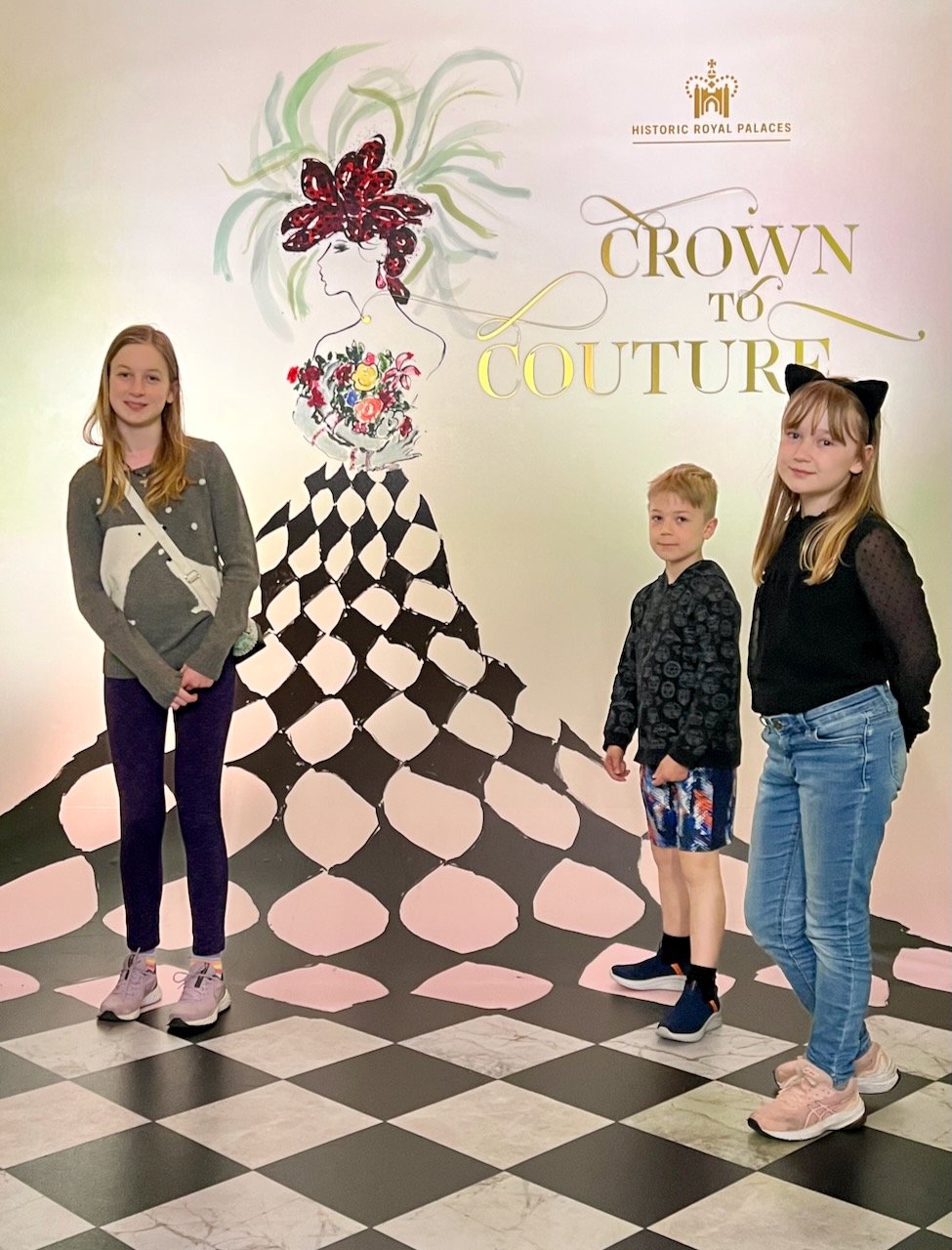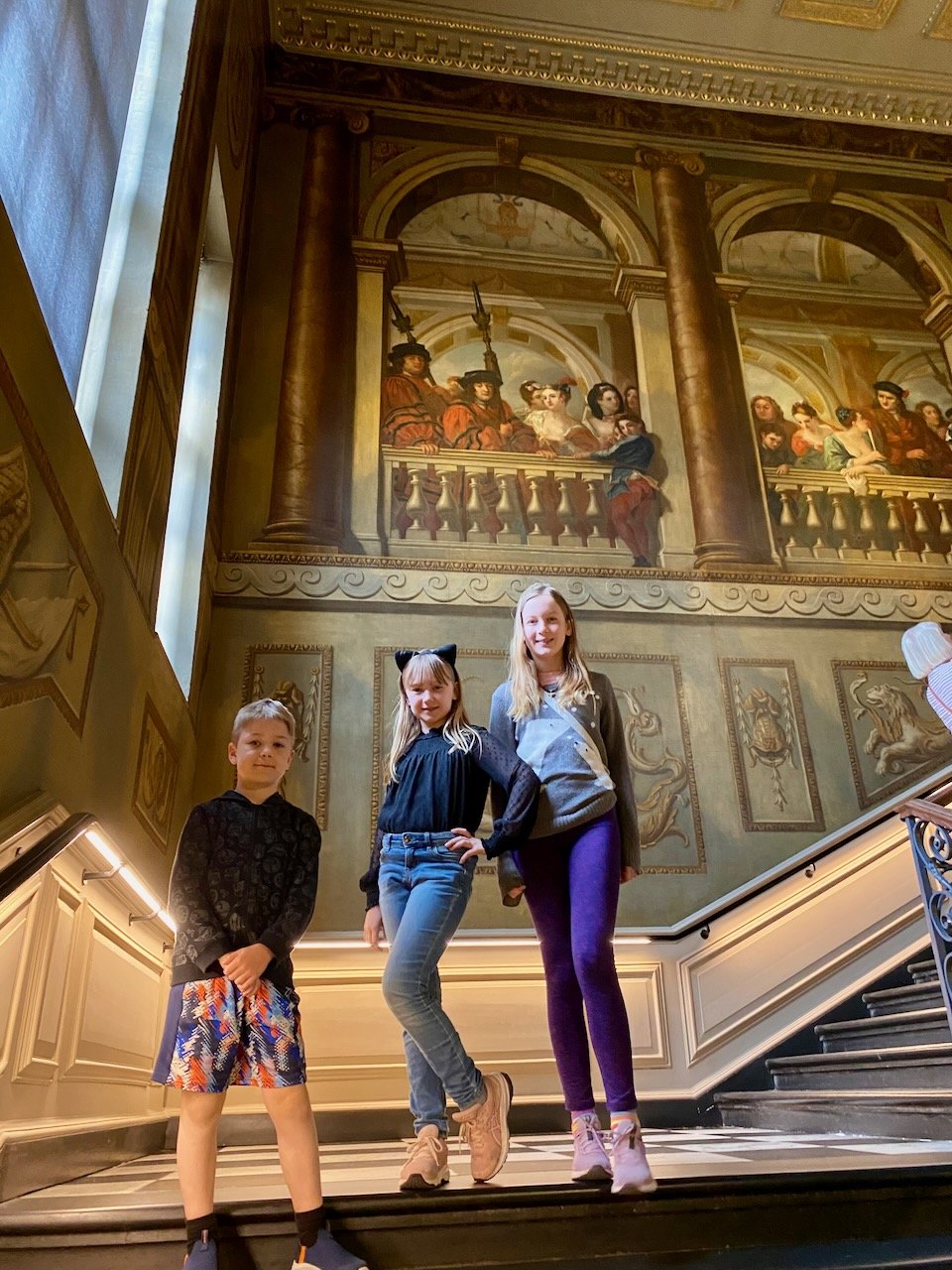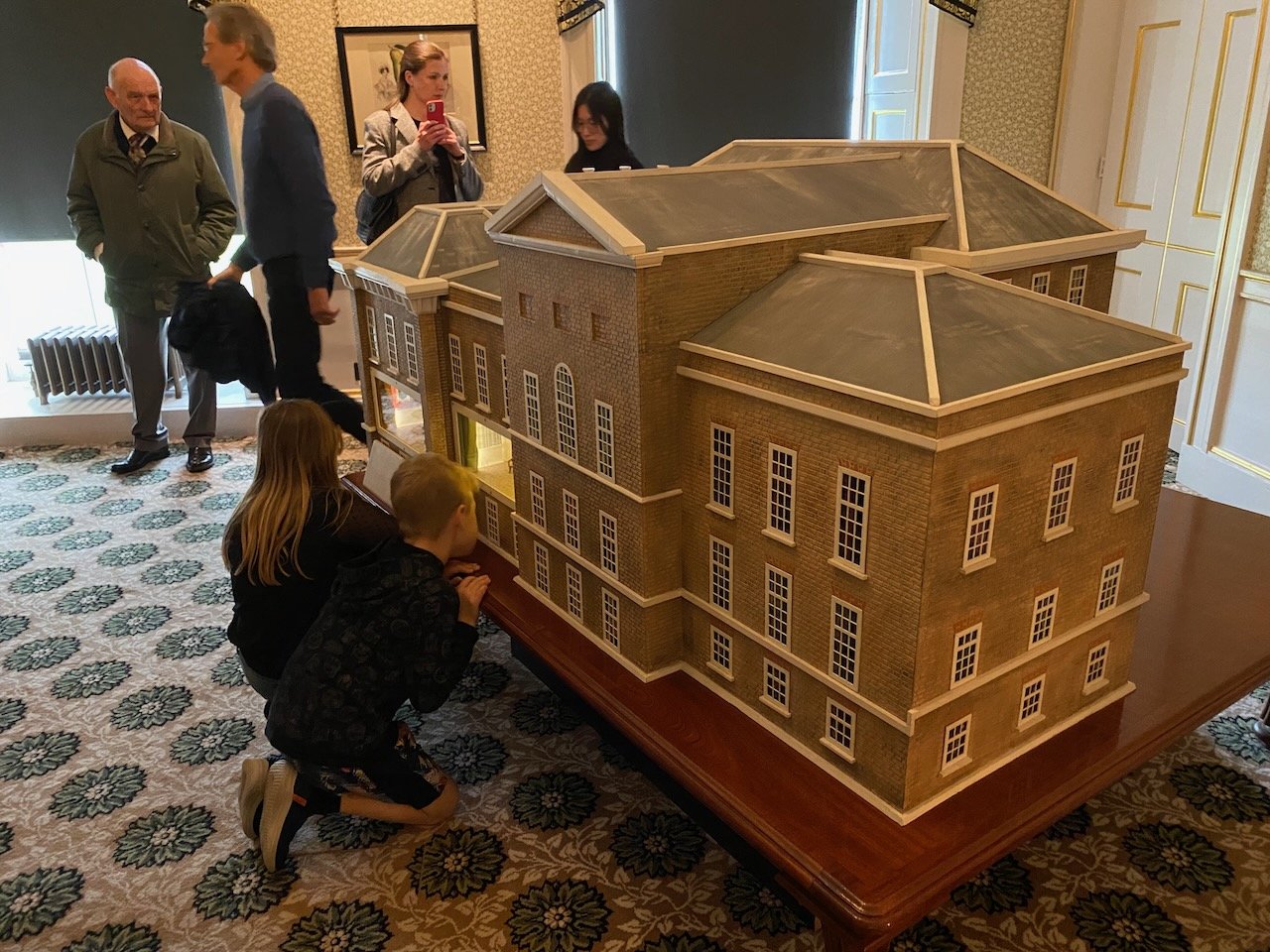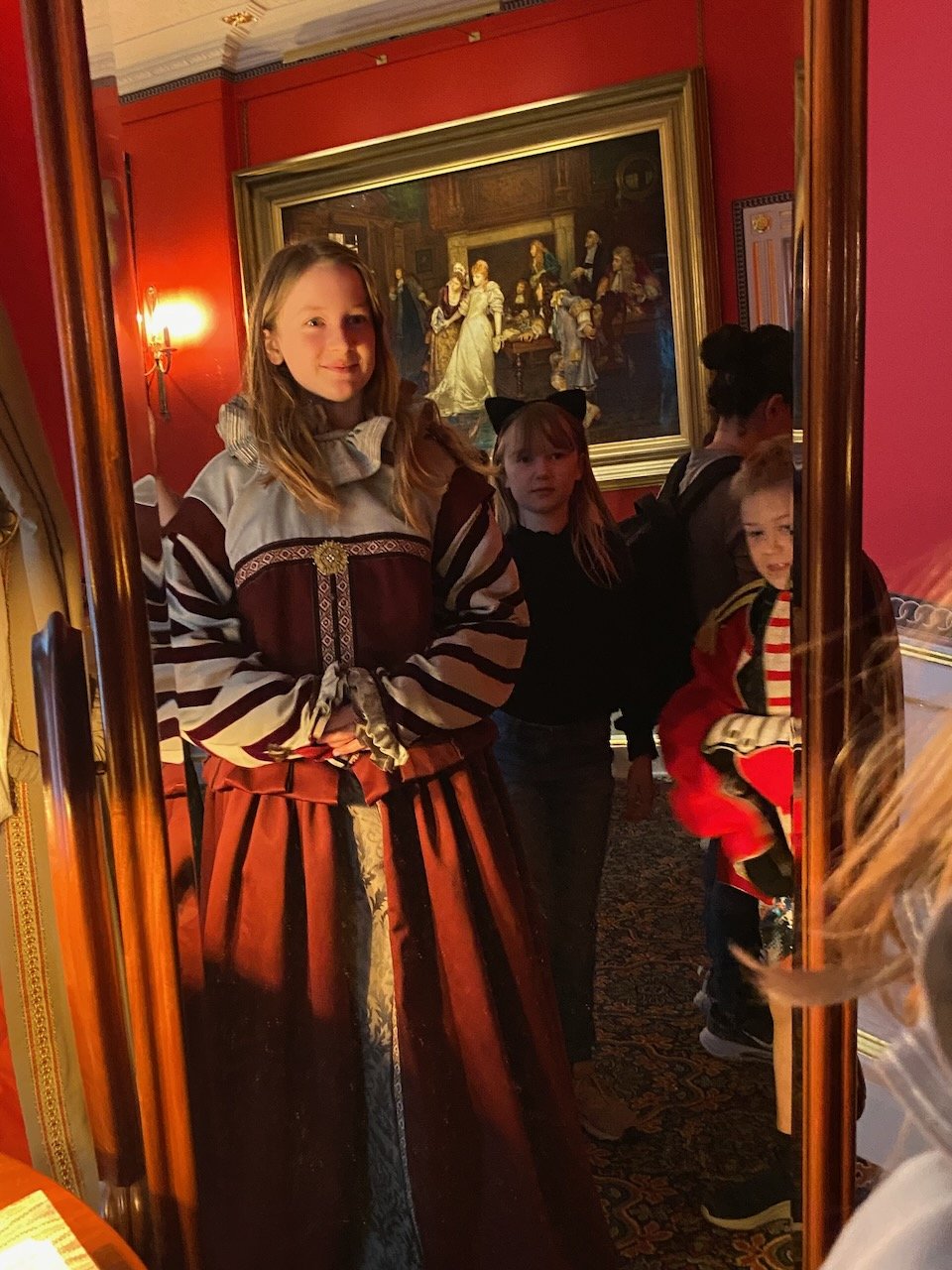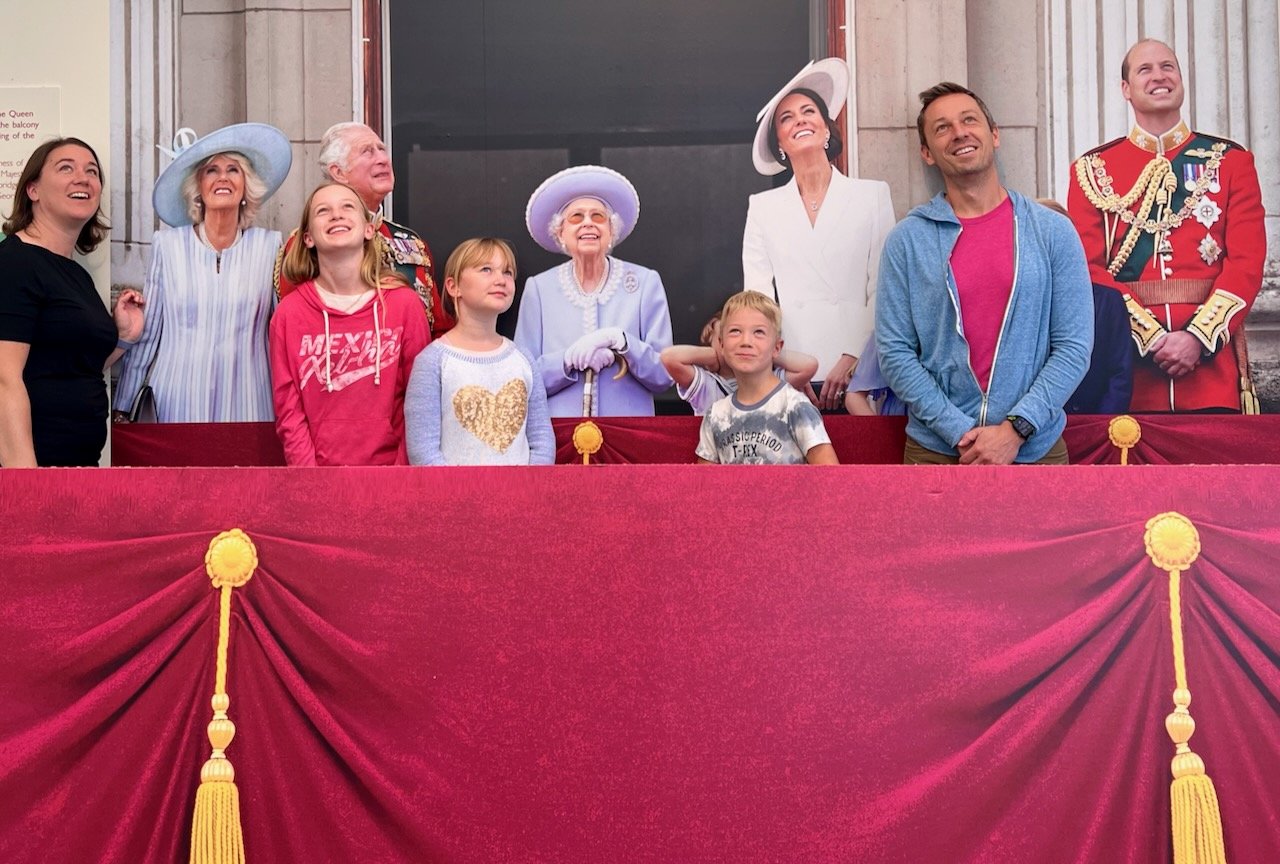It’s no secret that the United Kingdom has a rich and deep history. Although we are not from the area, we felt compelled to dig into this history while we were standing on the very lands that lived through it. We bought a membership to the English Heritage charity which is in charge of managing over 400 monuments, buildings, and places. Through this charity, we were able to easily learn more about the land from where our ancestors originated.
Early into our year, we attended a re-enactment of the Battle of Hastings which took place in 1066. English Heritage hosted the event and it was fantastic! A number of old buildings were available for us to tour. Actors and volunteers played a variety of roles including those of town folk and supporters in the army camps. When it was time, both armies formed up on the field and we watched the victory of William the Conqueror leading the Normans from France. Prior to the event, we also watched OverSimplified’s version of the battle and got some excellent context.
That same William, he went on to gain “support” from the rest of the island’s inhabitants by forcing them to support him, thus earning his name as the Conqueror. He built many fortresses and castles, one of which still stands. Dover Castle is a medieval fortress that sits on a strategic point of land where the distance to mainland Europe is shortest and one can see marine advances from many directions. Although the location contains remnants of inhabitants from the iron age, the oldest standing structures are roman lighthouses thought to have been constructed in the 2nd century. William saw the importance of the area, burned down some of what was there, and started over with a central castle surrounded by fortress walls. When we visited Dover Castle, we were also introduced to King Henry II and his sons Richard and John, who spent time and money in 1180s making Dover Castle into the form we see today. Anyone else recognize the names of Kings Richard and John? The 1983 animated movie of Robin Hood depicts these two brother Kings with King Richard being a brave lion and King John being an entitled, snivelling, shaggy lion. I had a good giggle reading about the family and the 5 brothers while picturing these animated characters. Volunteers were on hand to tell stories and answer questions about the time periods. We were even given a chess lesson using original characters and learning more about why the modern board has pieces shaped and named as they are.
Dover Castle had an unexpected story for us – that of the underground tunnels and their use during World War II. We were given a tour and watched videos about Operation Dynamo and the extraction of Allied soldiers from the shores of Dunkirk. The Germans had forced hundreds of thousands onto the shores and the British needed to get them to safety. The fevered planning of this extraction operation took place in these tunnels. It was a very interesting story to learn and a wonderful surprise to our visit.
If we stick to the theme of world wars, another very inspiring story we learned was that of Bletchley Park and the code breaking operations. I read the book The Rose Code by Kate Quinn and was introduced to the activities at Bletchley Park through the novel’s excellent and descriptive plot. We discovered that the Museum of Computing, located beside the historic site, was offering a home-educators’ day so we signed up and found ourselves taken back to a time when computers were mechanical and were physically huge. We were given a demonstration of the code breaking machine, among other awesome activities, and had a great visit.
If you haven’t heard about Horrible Histories (books turned into children’s sketch comedy tv show), then you must look them up on YouTube. We were introduced to their content by other travelling friends and we quickly got hooked. In particular, we enjoyed learning about the royal families of the past. Starting with the Tudors (you’ll have heard of King Henry VIII), we learned about their “horrible” behaviours, their strange make-up choices, and their royal indulgences. We then made sure to visit Hampton Court Palace to see the apartments of King Henry VIII and his six wives. We got to see the royal kitchens and how food was prepared, where the wine was stored, and how much food was needed to feed the royal court. We also learned why many historians believe King Henry had a favourite wife, Jane Seymour, who bore him a son. She died shortly after childbirth yet appears in family portrait paintings beside the King and his son at various ages. Life as a royal sure seems interesting.
If you’ve been a fan of the Netflix series Bridgerton, then you have also likely watched the series Queen Charlotte. She was the wife of King George III and bore him 14 children. If you believe the stories, she was also a loving wife who helped the King to rule while he struggled with unknown metal health issues. The family lived in Kew Palace, which stands today, and were the last royal family to do so. Erik and I took a tour of the palace, the kitchens, and saw the Queen’s cottage in Kew Gardens. We learned about some of the outrageous (to us) ways doctors attempted to treat the King’s ailment. Yikes!
Our royal stories don’t stop there. We also attended the Crown to Couture exhibit hosted at Kensington Palace where many fashion articles of the past were put on display beside modern Gala outfits, highlighting the similarities and the divergences of “royal court” fashion. It was well designed and kept the kids’ interest. Along with the outfits, we also learned about proper behaviour during the season of gatherings, balls, and courting. Since the exhibit was in the Palace, we also saw some of the ornately decorated rooms with large paintings, golden mouldings, and other decadent décor.
Also in the Palace, we saw a small exhibit featuring the childhood of Queen Victoria which included some of her dolls, doll houses, and other childhood items. She lived in Kensington with her mother after her father died. She was quite isolated – no school, no friends, no life outside of the house. She grew and married Prince Albert and is reported to have had a very loving and admiring relationship throughout her 67 years of being Queen. Kensington gardens contains lovely sculptures of Queen Victoria and also of Princess Diana, who lived in Kensington after her divorce.
But our most fascinating tour was that of Buckingham Palace. We were able to get tickets early in our year while the Queen was at her summer home in Scotland. You are given an audio guide that has two options: adult or kid. We all enjoyed the tour as we each had information given to us in a way we could best relate. I was surprised to see a number of state rooms and the formal dining room open to our viewing. Also, the Royal Family’s art collection is quite impressive and we enjoyed hearing about a number of pieces of art on display. The visit gave us a glimpse of life as a royal. It was enough for us to agree, we wouldn’t want it.
These are just some of the tours we undertook and the stories we learned. Oh! I almost forgot to mention Stonehenge. We went. We saw rocks. We still know little about why they exist in their form. One thing we learned is that Stonehenge is not alone – there are many other circles of rocks and remains of larger enclosing circles. It wasn’t the only site, interestingly.
London was truly a great place to be from which we could visit many places full of history and mystery and great tales.








